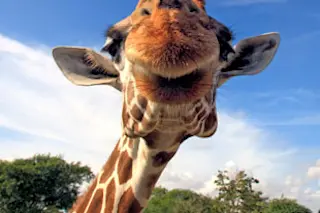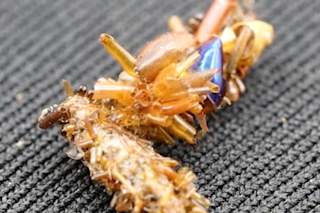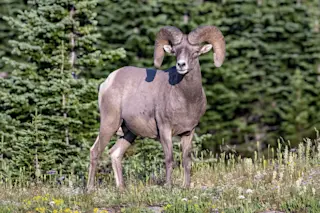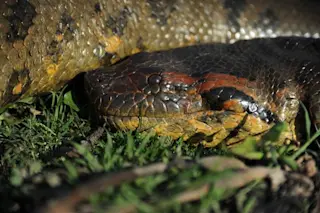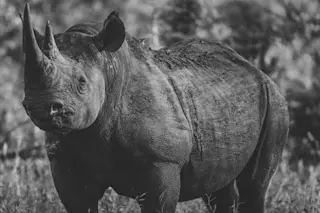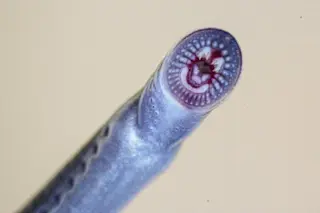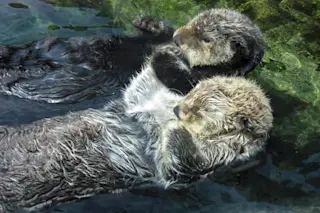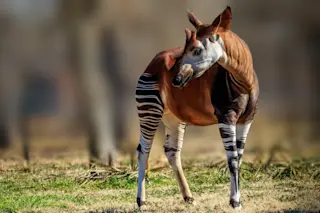Resurrecting long-dead species, bioengineering friendlier animals, and creating robot creatures made of artificial tissue: These are some of the concepts proposed by prominent zoo directors, animal behaviorists, conservationists, and architects at a first-ever symposium about the future of zoos, held in Buffalo, New York, this winter.
Some presenters touched on familiar themes of introducing more open terrain where large animals could roam freely. Others explored vertical zoos—high-rise exhibits that would have a small footprint in crowded cities. But the conference also plunged into more controversial territory. Within decades, advances in sequencing genes from ancient tissue could allow scientists to clone extinct dodo birds, saber-toothed cats, and woolly mammoths, says Jeffrey Yule, an evolutionary ecologist at Louisiana Tech University. Researchers in Asia and Europe are working to piece together DNA from mammoth tissue preserved in Siberian permafrost. Someday they might be able to insert it into an elephant egg to produce ...


